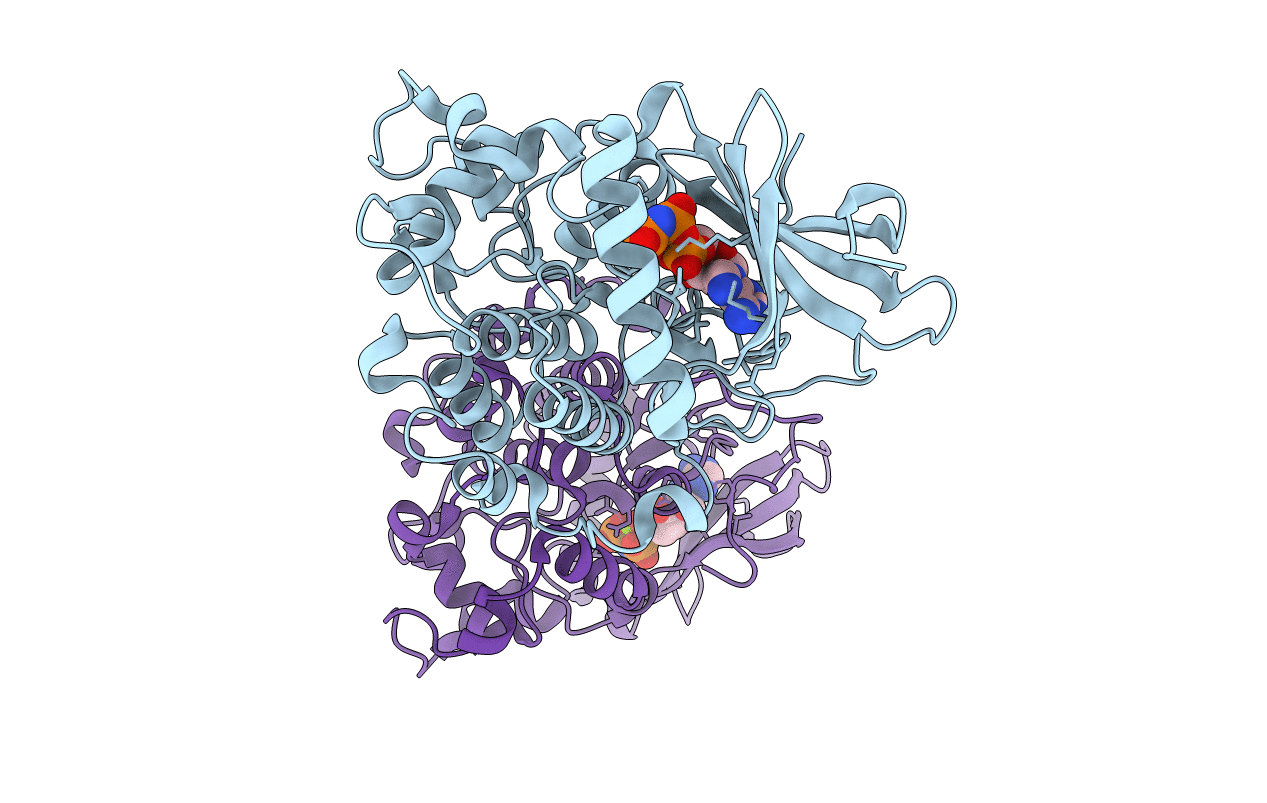
Deposition Date
2017-12-18
Release Date
2018-08-29
Last Version Date
2024-03-13
Method Details:
Experimental Method:
Resolution:
2.20 Å
R-Value Free:
0.21
R-Value Work:
0.17
R-Value Observed:
0.17
Space Group:
C 1 2 1


